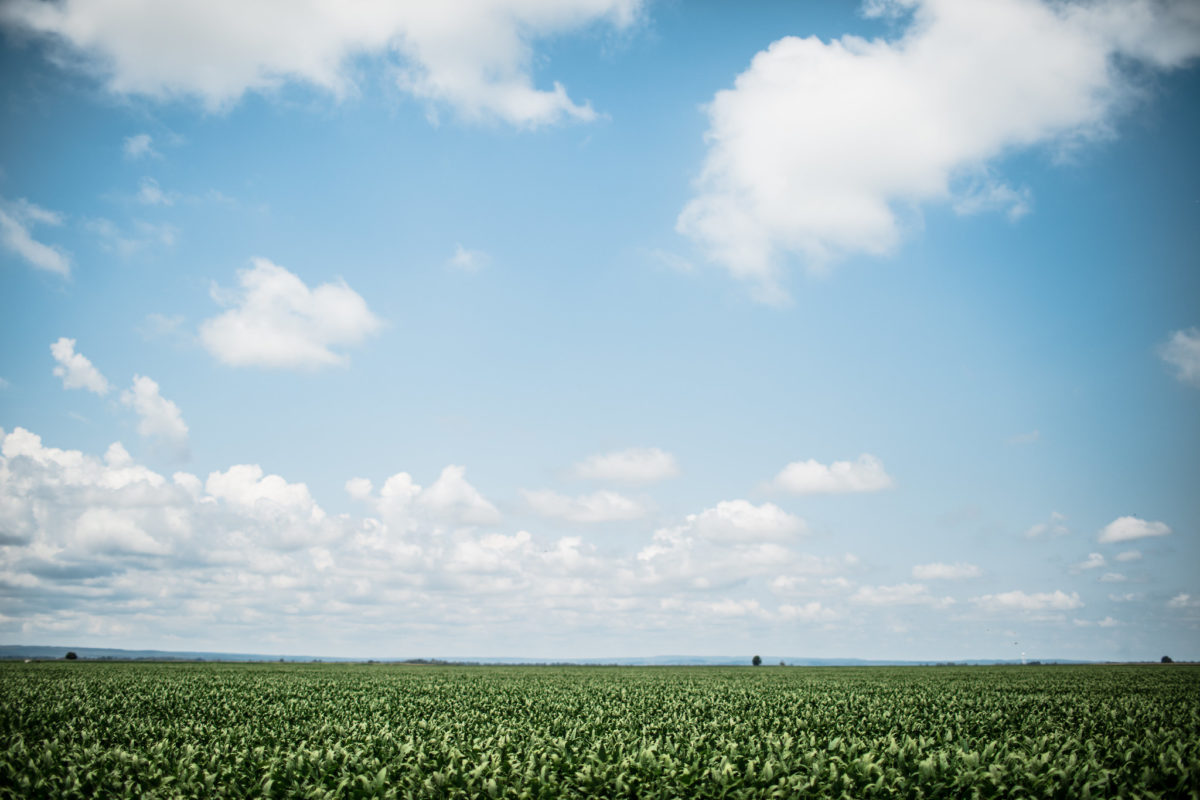Carbon Farming: One Size Does Not Fit All

Carbon farming, carbon sequestration, carbon credits — whatever it’s called, the topic continues to gain momentum globally. A quick Google search will get you 300 million results in a matter of seconds. But what are farmers saying about it?
Ask April Hemmes about capturing carbon on her Iowa farm, and she’ll tell you she’s been doing it for more than 20 years.
“It’s called taking care of the land,” says Hemmes, a fourth-generation family farmer who farms more than 1,000 acres in the northeastern part of the state. “Farmers have been doing it for decades, but now it’s being called something different and someone wants to pay us for it.”
Another definition comes from Peter Kuikman, carbon and land use expert at Wageningen University and Research in the Netherlands, who participated in a recent U.S. Soybean Export Council webinar on carbon farming and soy.
“It means using farm practices that effectively remove carbon dioxide from the atmosphere, and that’s done by ultimately converting plant biomass into soil organic matter,” he explains. “It’s not a single technology or something you buy — it’s something you have to do, and that requires a long-term strategy.”
For Hemmes, that means farmers have to know their land and what it requires to keep it as healthy as possible.
“There is no silver bullet to solving this. Farming just doesn’t work like that. You have to know what works best for you, and you have to stick with it,” she says.
Like choosing to grow cover crops, for example. Cover crops are proven to slow erosion, improve soil health and increase biodiversity. Five or six years ago, Hemmes decided to grow a cover crop of cereal rye on 200 acres of highly erodible land after harvesting corn.
“It’s made my soil healthier, keeps the moisture in and hasn’t affected the yield. The seed is applied by air, it grows and then I terminate it the day before I plant or just after. It takes management, but what doesn’t if you want it to work?”
So what about choosing a carbon program? Hemmes says, “It’s kind of the Wild West out there, and many farmers I’ve talked with are taking a wait-and-see approach to see what is offered and if it’s a fit for their farms.”
Nevertheless, she isn’t going to change the way she farms because of the potential of being paid for carbon.
“I’m not doing it to get paid for it,” says Hemmes. “I’m doing it to make my soil healthier because I want to pass it on to future generations in better shape than I got it. That’s why I do it. End of story.”
But in the meantime, work goes on to assess the risks and opportunities of carbon farming. The soy checkoff has begun a study on the programs currently available and the associated risks and potential rewards for farmers. Additionally, the American Society of Agronomy is offering a free carbon markets webinar series in partnership with the soy checkoff, American Farmland Trust, American Soybean Association, the National Corn Growers Association and The Nature Conservancy this spring.
For more information on carbon markets, credits and soil sequestration, check out these helpful resources in The Soy Hopper.



